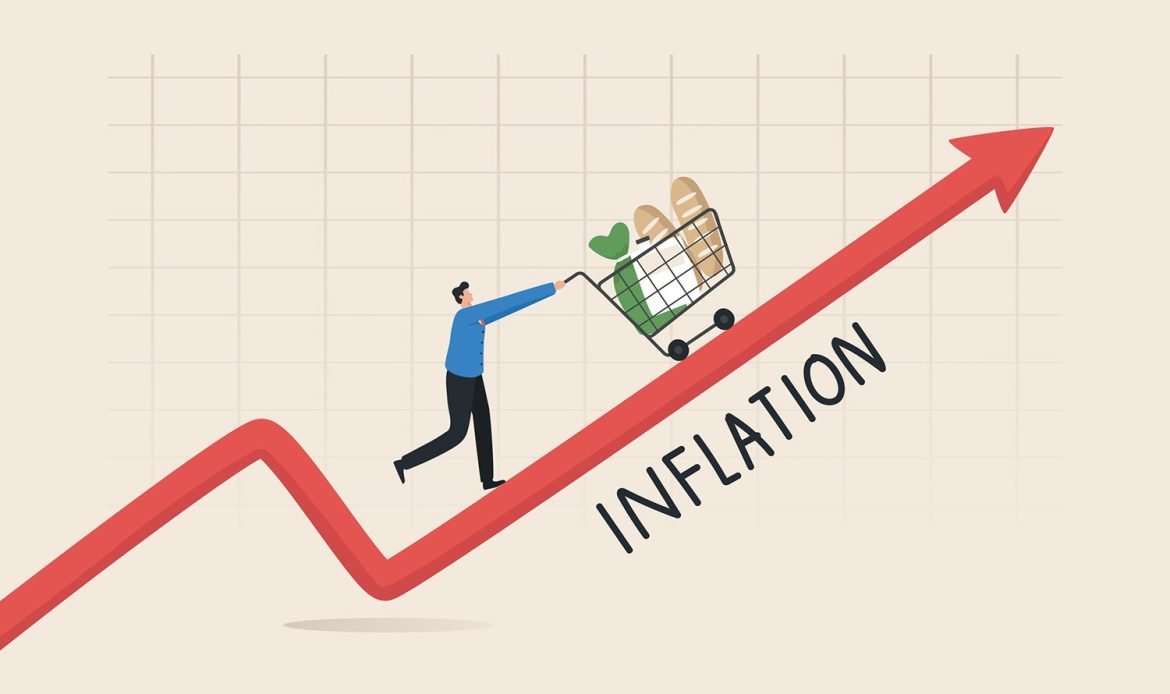November’s inflation data confirmed what many economists had been expecting: Price increases probably have peaked, providing relief in sight from the highest cost of living surge in more than 40 years. That’s the upside of the latest consumer price index reading Tuesday. The broad-based basket of goods and services showed prices up just 0.1% last month, translating into a 7.1% increase from a year ago. While the inflation rate is still extraordinarily high, there’s widespread agreement that the peak has passed. “Inflation was terrible in 2022, but the outlook for 2023 is much better,” said Bill Adams, Comerica’s chief economist. “Supply chains are working better, business inventories are higher, ending most of the shortages that fueled inflation in 2020. The surge in energy prices has unwound a bit in recent months, and food prices edged slightly lower in November, too.” Indeed, the soft CPI reading came due to a broad array of costs either declining or slowing. Energy prices fell 1.6% for starters. Used vehicle prices, a primary inflation driver in this cycle, were off 2.9%. Bacon declined 1.8%, seafood fell 1.4% and airline fares tumbled 3%. And workers finally got a break, with inflation-adjusted average hourly earnings rising 0.5% for the month, though they’re still down nearly 2% over the past year. There’s also hope that geopolitical forces could help bring down inflation. If China continues to reopen and steps away from its zero-Covid policy, that should provide a disinflationary impulse. What happens from here, though, is the hard part. A ‘fairly concerning’ trend The Federal Reserve’s series of interest rate increases — six in all, taking the central bank’s benchmark short-term borrowing rate up 3.75 percentage points, with more to come — have yet to really make their way through the economy. Central bank officials like to say that monetary policy adjustments happen with “long and variable lags” that usually don’t set in for at least a year. In fact, the only sector where interest rate increases have seemed to hit so far has been housing. So with lots of policy tightening still in the pipeline, softer inflation’s accompanying economic slowdown is yet to come. The Fed’s critics worry that the rate increases may have gone too far and could be a severe weight on the economy once inflation wears off. “The slowdown in inflation appears to be more driven by post-pandemic normalization (finally) playing out more so than it looks like the 425 [basis points] of rate hikes (including tomorrow’s likely 50 bps increase) the Fed has implemented taking effect,” wrote Josh Jamner, investment strategy analyst at ClearBridge Investments. “This is actually fairly concerning,” he added, “because the lagged effects of Fed tightening are still looming in 2023 and the economy appears to be slowing on its own, lending to elevated recession risks in our view in the coming year.” Economists also are in wide agreement that a recession is probably coming next year. Most are characterizing the expected contraction as shallow. That’s believable, considering that the Atlanta Fed is tracking fourth-quarter GDP growth of 3.2%, which would be the best of the year. But the economy hasn’t seen this level of policy tightening essentially ever, particularly when including the Fed’s $95 billion a month reduction in its bond holdings. So as inflation slows and the economy cools, there’s reason for caution that this year’s “shallow” may be equivalent to the 2021 proclamations from many in the economic community, including at the Fed, that inflation was going to be “transitory.” Pressure to ease possible “There is significant risk that monetary policy will have become too restrictive given inflation’s momentum toward normality,” said PNC senior economist Kurt Rankin. “But it’s a risk that the Fed is clearly willing to take given that any inflationary embers not fully stamped out could cause much greater damage to the U.S.economy than the mild recession PNC views as likely.” If the economy does soften more than expected in 2023, that presents another problem for the Fed. Should the recession be steeper and more prolonged than expected, markets and political forces could apply pressure for the Fed to start easing again. “It’s possible we could be on the road to 2% inflation because there’s a recession next year,” said Joseph LaVorgna, chief economist at SMBC Nikko Securities. “In this era of transparency and the political backdrop, I can’t imagine the calls for them to begin easing if the economy is in freefall next year.” The Fed concludes its two-day policy meeting Wednesday, with markets widely expecting a 0.5 percentage point increase in the federal funds rate. That would take the short-term lending benchmark to a target range of 4.25%-4.5%, the highest in more than 15 years. However, following the CPI report traders priced in a lower “terminal rate,” or end point for the Fed rate hikes. The market now expects the central bank to hike to about 4.84% before stopping, lower than the recent high of 5%.
This article was originally published by cbnc.



